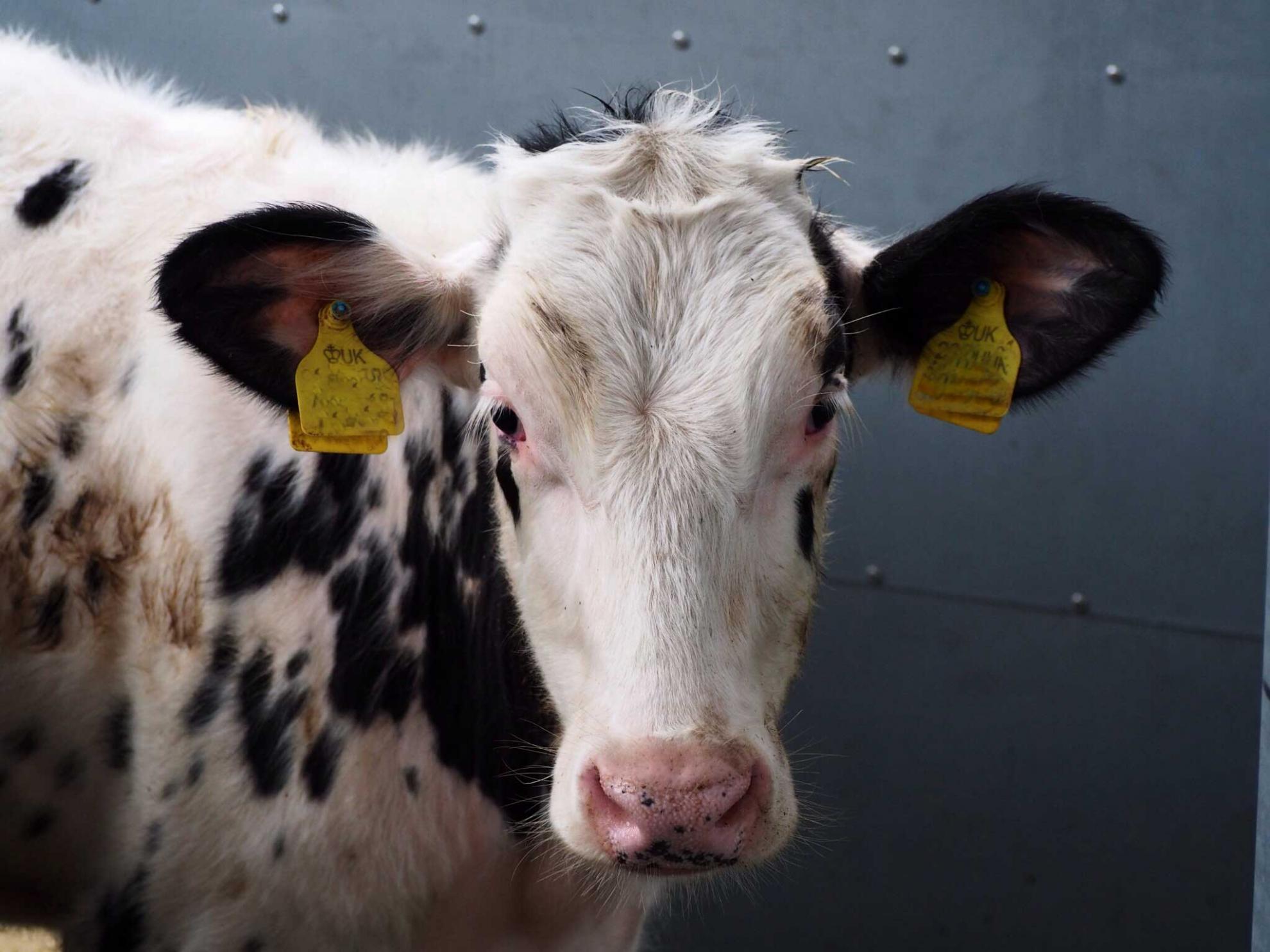A study by scientists at The Pirbright Institute and the Babraham Institute has detailed how immune cells in pigs lung change after influenza infection or vaccination.
For protection against influenza in livestock or humans, it is important that a vaccine induces the right combination of immune cells and antibodies.
This study has, for the first time, examined the active genes in pig lung cells to make a ‘map’ of how the immune system functions following influenza infection or vaccination.
Humans and pigs share a similar anatomy and physiology and therefore pigs are a useful model for understanding the immune system for both species.
Writing in PLOS Pathogens, the researchers revealed a detailed picture of the immune cells in the lung compared to those circulating in the blood.
They showed that IL-1β - a strong immune activator that helps mice resist influenza virus infection - does not protect pigs against infection. Instead, the study found IL-1β reduced the number of regulatory T cells, a type of immune cell that dampens immune responses.
In addition, the study demonstrated increased levels of the IFI6 gene, which is important for protecting the body and persisted 21 days after infection. This shows that invading organisms can have a long-lasting impact on lung immune cells.
Professor Elma Tchilian and Dr Wilhelm Gerner, heads of Mucosal Immunology and T-cell Biology research groups, said: “Our study allowed us to collect gene expression data which can act as an ‘atlas’ for future lung studies in pigs, an important animal model to study disease in humans and livestock. Moreover, it helps to explain why some vaccines fail despite inducing powerful immune response."
Dr Andrew Muir, a postdoctoral researcher in the Richard Lab at the Babraham Institute who performed the bioinformatic analysis said: “Our results show that vaccines, and the additional molecules that are added to them, can generate important differences in tissue resident cell biology. Learning more about the ways vaccine design influences tissue resident cells will serve as a foundation for being able to generate long term protection against respiratory viruses in pigs and potentially humans.”
The scientists believe the study will help future high-resolution analysis of lung immune responses, making it particularly valuable for vaccine design.
Pirbright’s Mucosal Immunology and T-cell Biology groups work to develop better prevention strategies for respiratory pathogens in animals and humans, to determine the importance of local immunity, including lung tissue resident memory T and B cells and the mechanisms that shape them, in respiratory infections and develop improved strategies to induce these protective mechanisms.
Read the paper
Muir, A., Paudyal, B., Schmidt, S. et al. (2024) Single-cell analysis reveals lasting immunological consequences of influenza infection and respiratory immunisation in the pig lung. PlOS Pathogens 20(7): e1011910 https://doi.org/10.1371/journal.ppat.1011910


